




Choosing the right temperature to wash your sheets might not seem like a big deal, but it can actually make a huge difference in terms of cleanliness, comfort, and longevity of your bedding. With so many different options, it can be overwhelming to know what temperature is best. But don’t worry, we’ve got you covered.
Hot Water:
If you want to kill any bacteria, mites, or allergens that may be lurking in your sheets, washing them in hot water is the way to go. Hot water is great for removing tough stains and odors as well. However, keep in mind that washing your sheets in hot water can cause shrinkage and damage to delicate fabrics.
Tip: Check the care labels on your sheets to see the maximum recommended temperature for washing.
Warm Water:
If you’re not dealing with any serious stains or allergens, washing your sheets in warm water is a good option. It will still kill some bacteria and germs, but it’s less likely to cause shrinkage or damage to your sheets. Plus, washing with warm water can help preserve the color and texture of your bedding.
Cold Water:
Washing your sheets in cold water is a great choice if you want to conserve energy and prevent color fading or damage to your delicate fabrics. While cold water won’t kill as many germs or bacteria as hot or warm water, it can still get your sheets clean and fresh. Just make sure to use a good detergent and proper stain treatment if needed.
Remember to always read the care labels on your sheets and follow the manufacturer’s recommendations for washing. This will ensure that you’re using the right temperature and techniques to keep your sheets looking and feeling their best.
In conclusion, the best temperature to wash your sheets at depends on various factors such as the type of fabric, presence of stains or allergens, and personal preference. However, as a general guideline, hot water is best for killing bacteria and tough stains, warm water is good for everyday washing and preserving the color and texture, and cold water is ideal for energy conservation and delicate fabrics. By choosing the right temperature, you can maintain the cleanliness and longevity of your sheets, ensuring a comfortable and hygienic sleep environment.
Choosing the Right Temperature for Washing Sheets
Introduction
When it comes to washing sheets, determining the right temperature is essential for maintaining their quality and cleanliness. The temperature at which you wash your sheets can affect their durability, color retention, and the removal of stains and bacteria.
Hot Water
Washing sheets in hot water, typically above 130°F (54°C), is an effective way to remove germs, dust mites, and allergens. Hot water is also useful for removing tough stains and greasy residue. However, be cautious when washing delicate or sensitive fabrics in hot water, as it may cause shrinkage or damage.
Warm Water
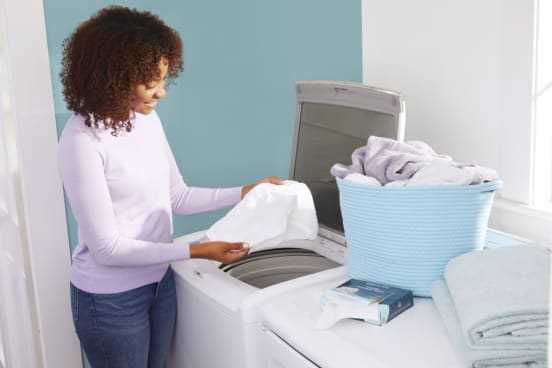
Using warm water, around 90°F (32°C) to 110°F (43°C), is generally recommended for most sheets. Warm water effectively removes dirt, oils, and sweat while preventing color fading. It is suitable for most fabrics, including cotton, polyester, and blends. Always check the care labels on your sheets for specific temperature recommendations.
Cold Water
Cold water, around 60°F (15°C) to 80°F (27°C), is suitable for delicate or bright-colored sheets. Cold water helps to prevent colors from bleeding or fading. It is also energy-efficient, as it requires less electricity to heat the water. However, cold water may not effectively remove tough stains or kill certain bacteria.
Conclusion
Choosing the right temperature for washing sheets depends on factors such as fabric type, color, stain level, and personal preference. Hot water is best for disinfecting and removing stains, warm water is suitable for most fabrics, and cold water is gentle on delicate or brightly colored sheets. Always read the care labels and follow the manufacturer’s instructions to ensure the longevity and cleanliness of your sheets.
Why the Temperature Matters
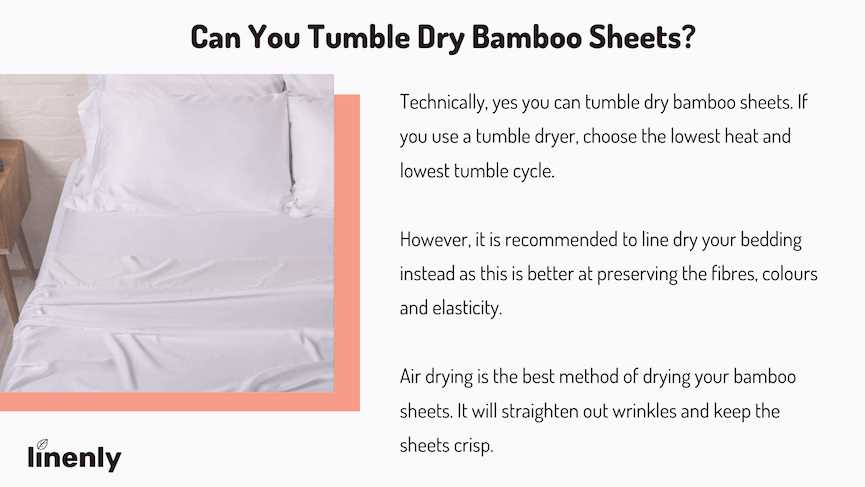
Choosing the right temperature for washing sheets is important for several reasons. By understanding the impact of temperature on the cleanliness and integrity of your sheets, you can make informed decisions about how to care for them.
1. Effective Cleaning
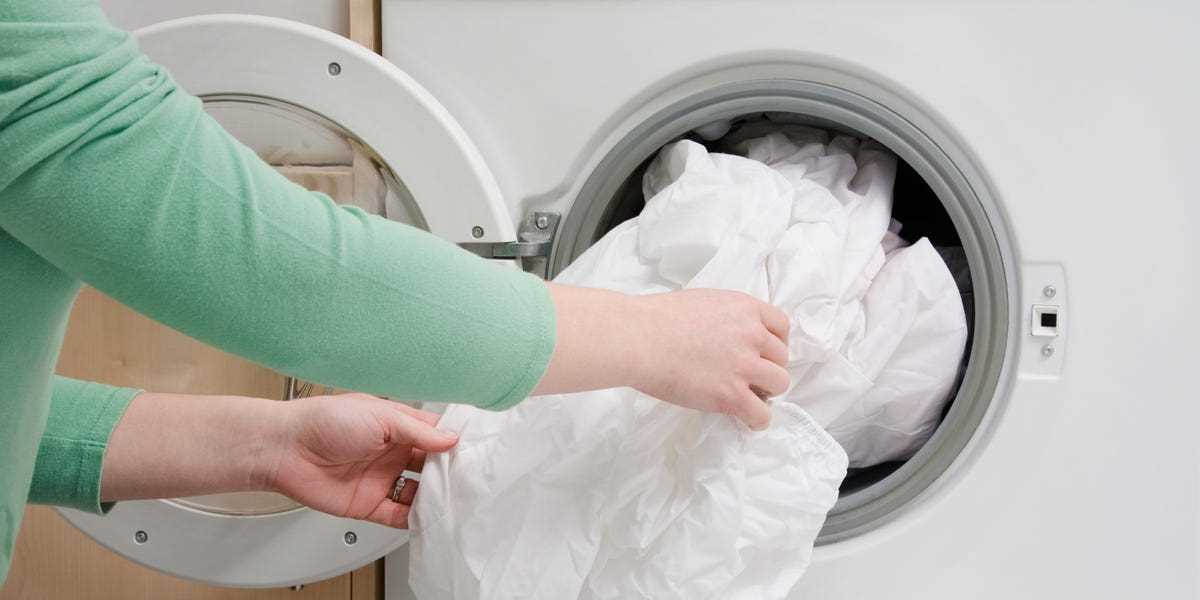
Hot water tends to be more effective at removing dirt, oils, and stains from fabrics. Washing your sheets at a higher temperature can help remove sweat, body oils, and other stains that may accumulate over time. It can also eliminate dust mites and allergens more effectively.
2. Sanitization

Washing sheets at a higher temperature can help kill bacteria and other microorganisms that may be present. This is particularly important for individuals with allergies or sensitivities, as well as during flu seasons or when someone in the household is sick.
3. Preservation of Fabric
While hot water may be effective at cleaning, it can sometimes cause damage to certain fabrics. Higher temperatures can cause shrinkage, fading, or weakening of the fabric fibers. To preserve the quality and longevity of your sheets, it’s important to consider the recommended washing temperature provided by the manufacturer.
4. Energy Efficiency
Using colder water to wash sheets can help save energy and reduce utility bills. Cold water washing is often sufficient for removing light stains and maintaining cleanliness. It also reduces the risk of damage to the fabric and is gentler on the environment.
Overall, the choice of temperature for washing sheets depends on factors such as fabric type, level of dirtiness, and personal preferences. It’s important to balance effective cleaning with the preservation of fabric integrity to ensure that your sheets last longer and provide you with a comfortable sleeping experience.
Low Temperature: Pros and Cons
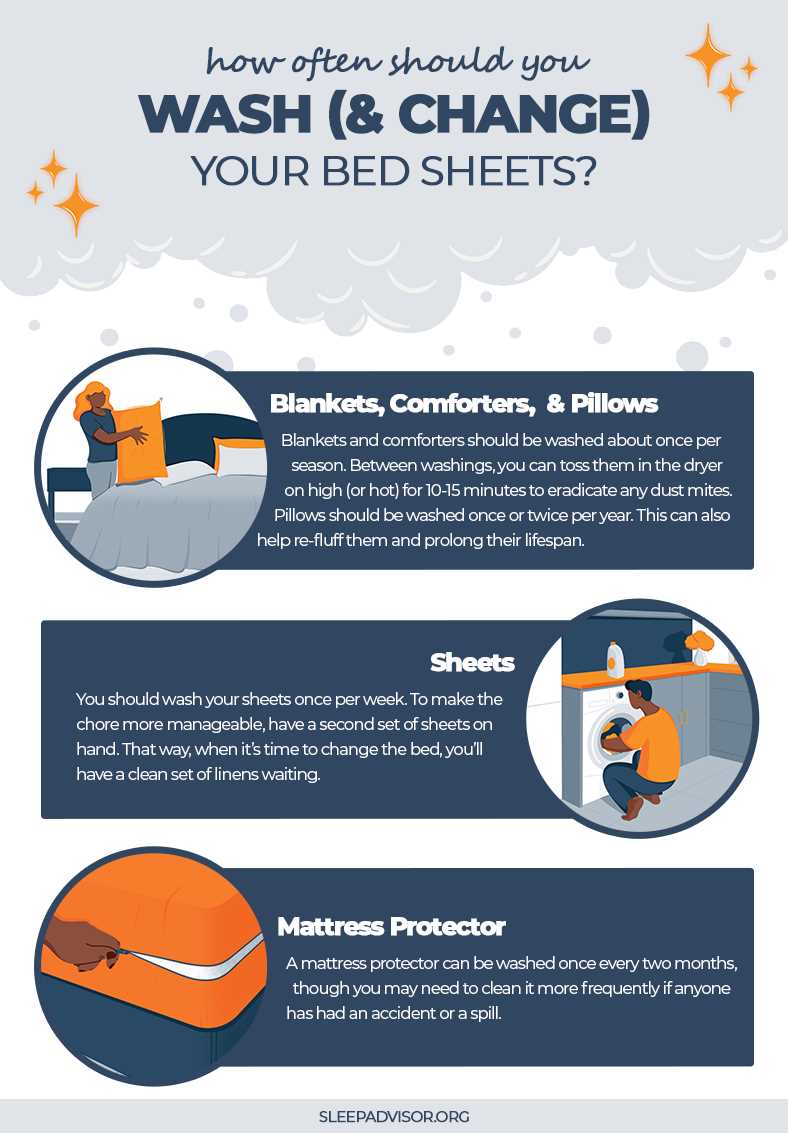
Washing sheets at low temperatures, typically around 30°C (86°F) or less, has become increasingly popular in recent years. While there are some benefits to washing sheets at lower temperatures, there are also drawbacks to consider. Here, we’ll explore the pros and cons of washing sheets at low temperatures.
Pros
-
Energy saving: Washing sheets at lower temperatures requires less energy compared to higher temperature washes. This can help reduce your overall energy consumption and lower your household’s carbon footprint.
-
Preserving fabric quality: Low-temperature washing is believed to be gentler on fabrics, which can help preserve the quality and lifespan of your sheets. The lower temperature may help prevent fading, shrinking, and other damage that can occur during more intense wash cycles.
-
Environmental impact: By washing sheets at lower temperatures, less hot water is used, which can help conserve water resources. Additionally, lower temperatures require less energy for heating the water, resulting in a reduced impact on the environment.
Cons
-
Bacterial and allergen removal: Washing sheets at low temperatures may not effectively eliminate bacteria, allergens, and other microorganisms that can accumulate on bedding. Higher temperatures, specifically hot water washes, are generally more efficient in killing potential pathogens and allergens.
-
Stain removal: Low-temperature washing may not be as effective in removing tough stains from sheets, such as oil or grease stains. Higher temperatures can help break down and remove stains more effectively.
-
Odor control: Washing sheets at low temperatures may not completely eliminate lingering odors. Higher temperatures can help remove unpleasant smells more effectively.
Ultimately, the decision to wash sheets at low temperatures depends on personal preferences, environmental considerations, and the specific needs of the bedding. It may be beneficial to alternate between low-temperature washes and occasional high-temperature washes to balance energy efficiency and cleanliness.
High Temperature: Pros and Cons
Washing sheets at high temperature, typically above 60 degrees Celsius, has both advantages and disadvantages. Let’s take a closer look at the pros and cons of using a high temperature for washing your sheets:
Pros
- Kills bacteria and germs: High temperatures are effective at killing bacteria, viruses, and other harmful microorganisms that may be present on your sheets. This can help maintain a clean and hygienic sleeping environment.
- Removes tough stains: Higher temperatures can help break down and remove stubborn stains on your sheets, such as sweat or oil stains, better than lower temperatures.
- Helps with allergies: Washing sheets at high temperatures can help eliminate allergens like dust mites, pollen, and pet dander, providing relief for allergy sufferers.
- Provides a thorough clean: High-temperature wash cycles can penetrate deep into the fabric of your sheets, removing dirt, debris, and odors more effectively.
Cons
- May cause fabric damage: Washing sheets at high temperatures repeatedly can lead to fabric damage, such as fading colors, shrinkage, or weakening the fibers. It’s important to check the care instructions on your sheets and consider the fabric type before using high temperatures.
- Higher energy consumption: Washing sheets at high temperatures requires more energy to heat the water, which can increase your electricity bill and have a negative environmental impact.
- Not suitable for delicate fabrics: Delicate fabrics like silk or satin may not withstand high-temperature wash cycles and may require gentler cleaning methods to avoid damage.
- Unnecessary for lightly soiled sheets: If your sheets are only lightly soiled, using high temperatures may be unnecessary and could lead to faster wear and tear without providing any significant benefits.
In summary, washing sheets at high temperatures can be beneficial for killing bacteria, removing stains, and reducing allergens. However, it’s important to consider the fabric type, potential damage, energy consumption, and the level of soiling before using high temperatures for washing sheets.
Best Temperature Recommendations
When it comes to washing sheets, the temperature at which you choose to wash them can have a big impact on the cleanliness and longevity of your bedding. Here are some recommendations for the best washing temperatures for different types of sheets:
Cotton Sheets

Cotton sheets are the most common type of bedding, and they can usually be washed in warm water. Warm water (around 40°C to 60°C) is effective at removing dirt and stains while still being gentle enough to preserve the fabric’s quality.
Silk Sheets
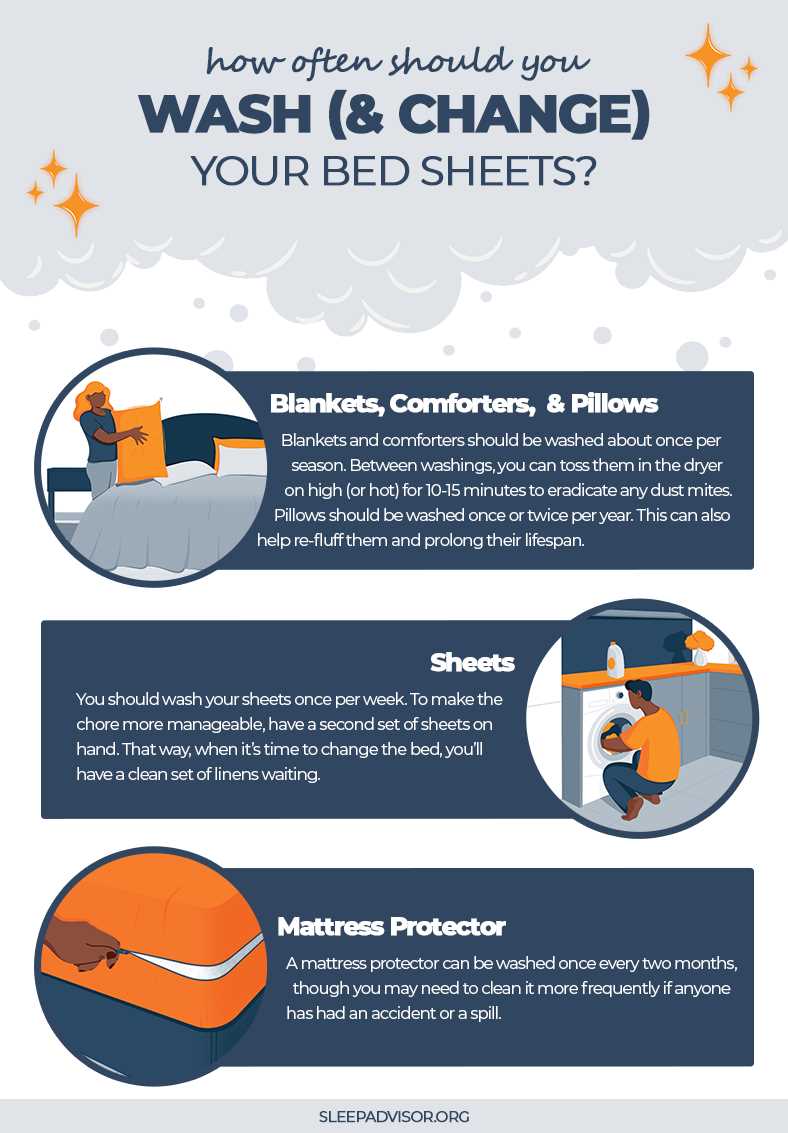
Silk sheets require special care due to their delicate nature. It is best to wash silk sheets in cold water (30°C or lower) to protect the fabric and prevent damage or shrinking. Use a gentle cycle and avoid using any harsh detergents or bleach.
Linen Sheets
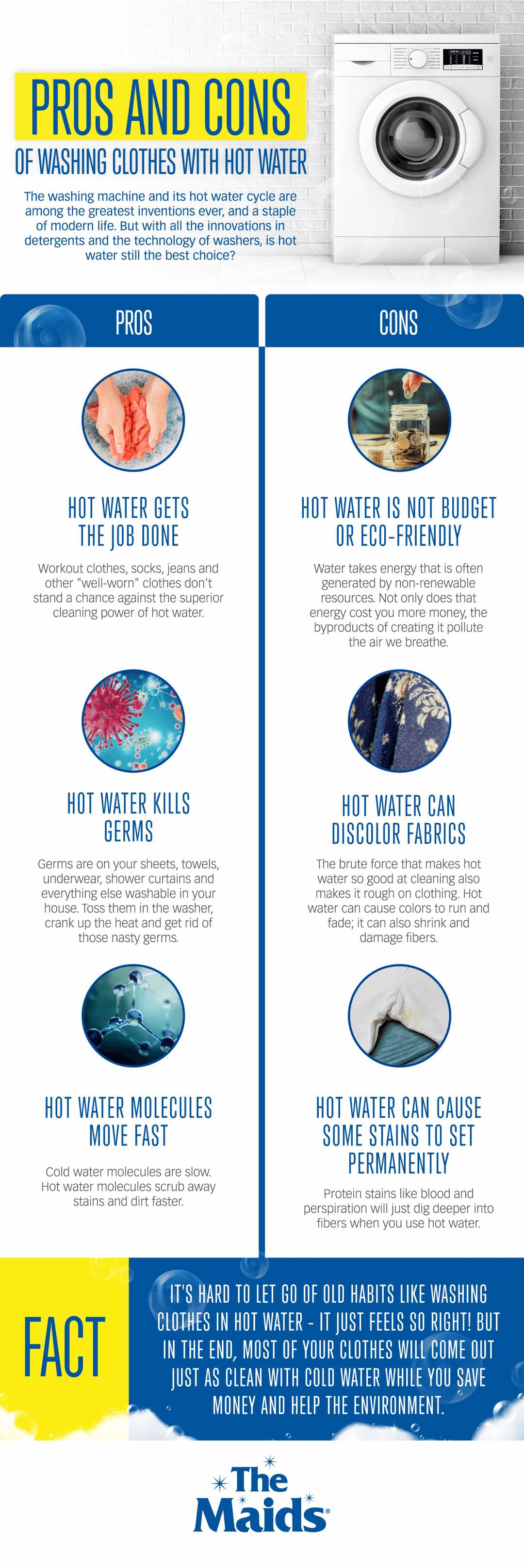
Linen sheets are known for their durability and ability to withstand high temperatures. You can wash linen sheets in hot water (around 60°C to 70°C) to sanitize them thoroughly. This high temperature will help remove any bacteria or allergens present in the fabric.
Microfiber Sheets
Microfiber sheets are synthetic and can usually be washed in warm water. However, it’s best to check the care instructions provided by the manufacturer to ensure you’re using the right temperature. Avoid using hot water, as it can cause the fibers to melt or deform.
Flannel Sheets
Flannel sheets are made of a thicker fabric that provides warmth. To keep them soft and cozy, it’s recommended to wash flannel sheets in warm water. This will help preserve the fabric’s texture and prevent it from becoming stiff or rough.
General Tips
- Always check the care instructions provided by the manufacturer for specific temperature recommendations.
- Wash similar colored sheets together to prevent color bleeding.
- Avoid using excessive detergent, as it can build up and damage the fabric.
- Consider using a gentle or delicate cycle to protect the sheets.
- Hang or lay flat to dry whenever possible to avoid shrinkage and extend the lifespan of your sheets.
By following these temperature recommendations, you can ensure that your sheets are clean, fresh, and in good condition for years to come.
Additional Tips for Washing Sheets
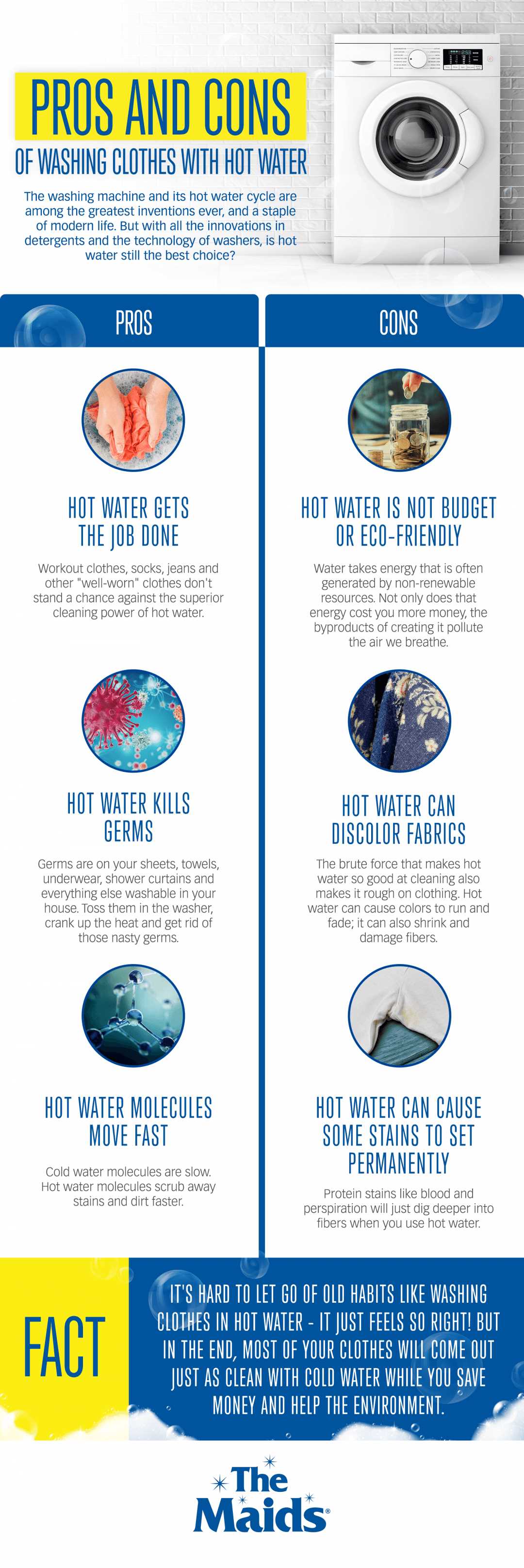
- Sort your sheets: Before washing your sheets, take the time to sort them by color and fabric type. This will help prevent any bleeding of colors or damage to delicate fabrics.
- Use a gentle detergent: Opt for a gentle detergent specifically designed for washing fabrics and avoid using harsh chemicals or bleach on your sheets. This will help preserve the quality of the fabric and prevent any skin irritations.
- Pre-treat stains: If you notice any stains on your sheets, it is best to pre-treat them before washing. You can use a stain remover or create a mixture of water and mild detergent to apply directly to the stain.
- Follow care instructions: Always refer to the care instructions on the label of your sheets. Different fabrics may require specific washing instructions, such as using cold water or delicate cycles.
- Don’t overload the machine: Avoid overloading the washing machine with too many sheets. This can lead to inefficient cleaning and cause damage to the fabric. It is best to wash sheets in small batches to ensure a thorough cleaning.
- Consider using a gentle cycle: If your sheets are made from delicate fabric or have intricate details, using a gentle cycle can help protect them from getting damaged or worn out.
- Remove promptly: Once the washing cycle is complete, promptly remove your sheets from the machine to prevent wrinkles from setting in. Shake them out gently to avoid any creases.
- Dry properly: Follow the appropriate drying instructions for your sheets. Some fabrics may be suitable for tumble drying, while others may need to be line dried to prevent shrinkage or damage. Avoid using high heat settings to prolong the life of your sheets.
- Store clean sheets: Once your sheets are clean and dry, store them in a cool, dry place to prevent any moisture or mildew from affecting their quality. Use airtight containers or dedicated storage bags to keep them fresh until the next use.
By following these additional tips, you can ensure that your sheets remain clean, fresh, and comfortable for a long time.
FAQ
What is the best temperature to wash sheets at?
The best temperature to wash sheets at is typically between 30°C to 40°C. This temperature range helps to effectively remove dirt and bacteria without causing damage to the fabric.
Can I wash sheets in cold water?
Yes, you can wash sheets in cold water. However, keep in mind that cold water may not be as effective in removing stains and bacteria compared to warm water. If you are using cold water, it is important to use a good quality detergent to compensate for the lower temperature.
Is it better to wash sheets in hot water?
Washing sheets in hot water can be beneficial for killing germs and dust mites, especially if you or someone in your household has allergies or respiratory issues. However, it is important to check the care instructions on your sheets, as some fabrics may shrink or get damaged in hot water.
What temperature should I wash white sheets at?
When washing white sheets, it is generally recommended to use hot water, preferably around 60°C. Hot water helps to remove stains and keep white sheets looking bright. However, always refer to the care instructions provided by the manufacturer for the best temperature for your specific sheets.
Is it necessary to wash sheets in a high temperature to kill bed bugs?
No, washing sheets in a high temperature is not necessary to kill bed bugs. Bed bugs are typically killed at temperatures above 50°C. However, it is important to use a hot enough temperature to effectively eradicate bed bugs. It is recommended to wash infested sheets at a minimum of 60°C to ensure their complete elimination.
What is the best temperature to wash sheets?
The best temperature to wash sheets is typically between 40°C (104°F) and 60°C (140°F).
Can I wash my sheets in cold water?
Yes, you can wash your sheets in cold water, but keep in mind that cold water may not effectively remove stains or kill bacteria and dust mites. It is recommended to use a warm or hot water setting for a more thorough cleaning.














